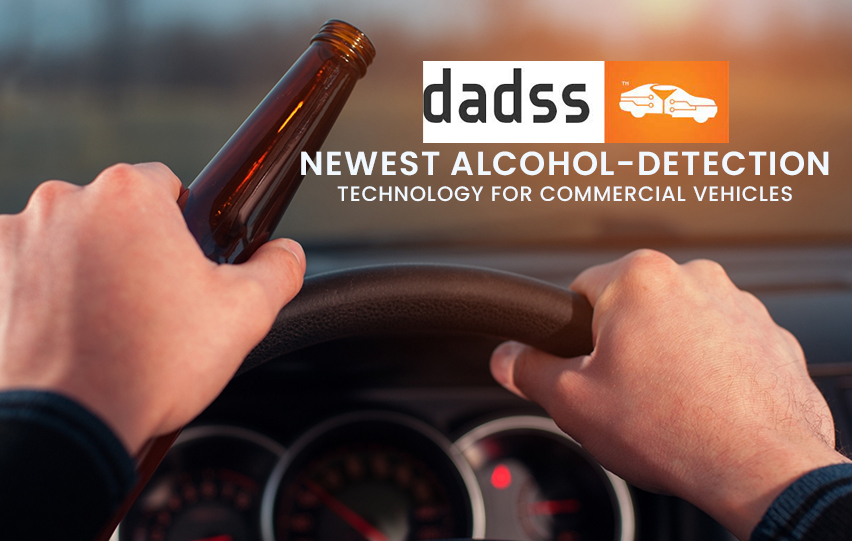The Driver Alcohol Detection System for Safety, or DADSS, announced on June 2, 2021, that the latest alcohol-detecting technology for motor vehicles is now in the research and analysis stage.
For the first time ever, the Automotive Coalition for Traffic Safety, Inc. stated that in late 2021, the very first device to cope with an advanced alcohol detection system would be accessible for open-source licensing in commercial vehicles.
The news is noteworthy as it is the first moment a device using DADSS software has left the lab and made its way into a vehicle. It's also a significant step forward in the Program's efforts to develop a completely passive alcoholic sensor module that might have repercussions in the battle against driving under the influence.

With exception of conventional breath tests or safety devices, DADSS tech may be effortlessly incorporated into automobiles, requiring no hardware components to be installed in the car interior. A production model is still in the works, with a release date set for 2024.
The equipment that monitors a driver's breathing alcohol level will be made accessible to any technology installer for integration into commercial vehicles, whether they are state vehicles, leased automobiles, transit vehicles, freight businesses, and so on.
The DADSS tech is already accessible for the license to device installers, and a device incorporating breath tech will be launched in late 2021. The device was supposed to be delivered in 2020, but the COVID-19 outbreak created faced by companies' disruptions, limiting microprocessor production.
Dr. Bud Zaouk, DADSS Program, and Technical Manager, commented, "This accomplishment was greatly aided owing to so many people who believe in the life-saving purpose of DADSS and who made efforts to deliver a product to market."
Drivers produce a puff of air aimed towards a variable aperture, which can be installed in the center console or door frame trims during the first device. The device will offer a "pass/fail" measurement of the driver's breath alcohol level since it is meant for fleet managers enforcing a zero-tolerance alcohol policy for their motorists, employees, or workers.
Although the collaboration commenced in 2018, future tech implementations have configured breath detectors in the business's Ford Flex private cars; the data and suggestions gathered from the detectors, as well as from the motorists themselves, has been crucial in submitting the final software and gearing up to it for wider use in vehicles.
The next-generation technology, which is being built for general usage in market automobiles, will be essentially free and capable of measuring precise alcohol amounts of 0.08 percent and higher.
Increasing social subject experimentation in a medical environment, as well as human subject mobility, is continuing and necessary to guarantee that the device achieves the extraordinarily high criteria for accuracy, efficiency, and dependability.
















